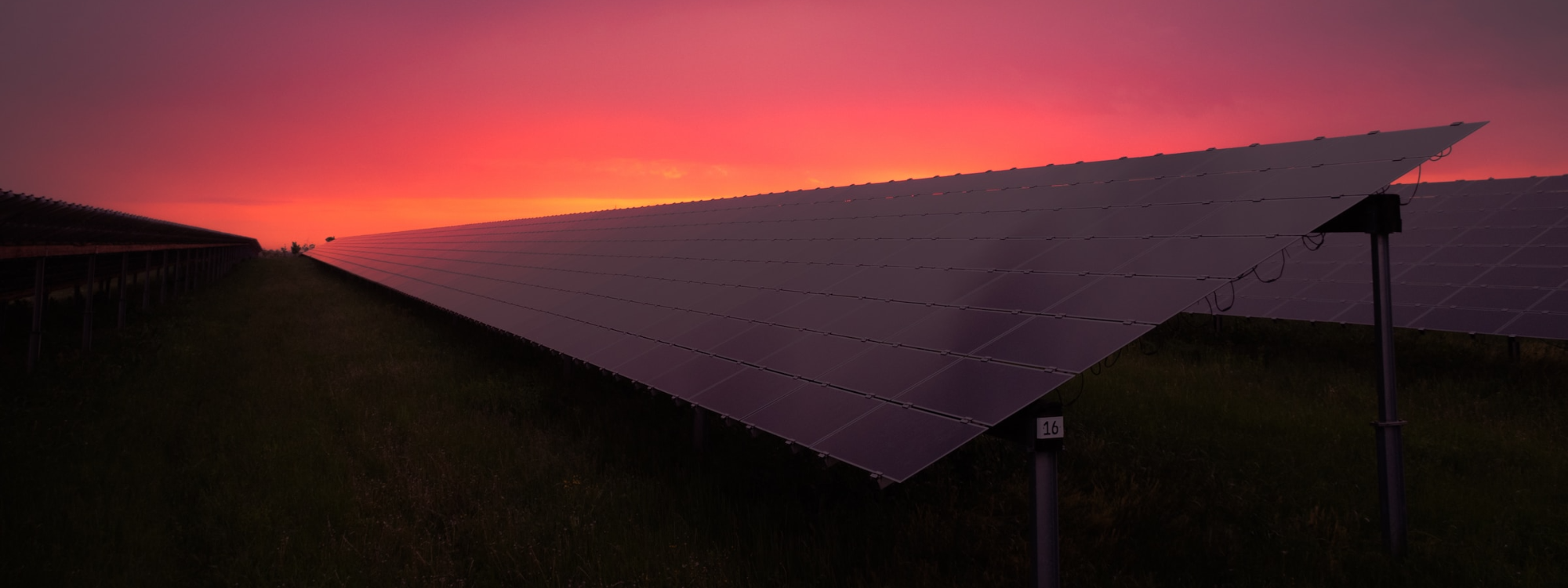Energy and natural gas are part of every supply chain. Due to high levels of energy security in the past, companies recently optimized their energy supply primarily from a sustainability perspective. However, in light of the Russian invasion, risk management has become a critical issue along various stages of the supply chain. Risk exposure, procurement and investment strategies as well as possible energy availability scenarios for companies need to be re-evaluated.
Effective measures and solutions for sustainable energy and supply security require a cross-functional approach. An understanding of energy markets, supply risk management best practices, sustainability goals, and specific procurement knowledge of contracts and requirements must be brought together into a team and optimized.
INVERTO, through its Energy Practice Area and Centers of Excellence for Risk Management, Sustainability, and Indirect Spend, offers the combined expertise and experience to develop customized solutions.
Energy management in your business
The starting point for professional energy management is – as in every category – transparency about current and future demand. Depending on the complexity of the initial situation, information and demand profiles from energy suppliers or the use of intelligent meters at decentralized consumption points provide the necessary transparency. The selection of the appropriate levers depends on the company-specific infrastructure, the required energy mix and the regulatory framework conditions, which vary greatly in the current situation.
Which levers are the right ones depends on the specific company needs and individual requirements such as the priority given to ESG criteria or security of supply.
Energy procurement and contract management
Although energy is a highly standardized and national category, savings are also possible through classic measures such as contract management, competition and bundling. In the current context, use every opportunity to help ease the situation!
Strategy and Risk Management
The energy market is currently very volatile and reacts to macroeconomic events and political circumstances. Unfortunately, at the moment it is not foreseeable when this situation will change. Even if the Russian invasion were to end tomorrow – the move away from Russian gas will not. This means that a well-thought-out energy procurement strategy has never been more important.
However, companies should use the energy crisis as an opportunity to rethink and reduce their consumption. Many companies have committed to decarbonize. Perhaps the crisis can accelerate the transformation to a Net Zero future.
Energy Management
It has always made sense and been more cost-effective to reduce energy consumption. Moreover, the use of renewable energy sources offers advantages in the current situation, so companies should tackle two strategic steps:
Country-specific regulations mean that energy costs vary greatly from country to country. In many countries, government levies account for around 50% of costs or even more. In addition, we expect government levies and CO2 pricing to rise further in the coming years to increase pressure to save energy.
Measures for enterprise-wide energy management include:
- Switching off the lights, limiting the heating in winter and the air conditioning in summer
- Training users and labeling equipment with energy-saving information so that this becomes a daily routine.
- Voltage reduction, i.e., use of a device that equalizes the voltage of all electrical equipment to optimize the supply
- Integration of smart devices and automation, e.g. automatic shutdown of heating or air conditioning when no one is in the office
While some of the measures require investment, some can be taken as part of daily operations to reduce energy consumption.
Companies generally do not know the energy requirements and energy mix of their suppliers. However, transparency is currently of crucial importance.
Compile this information to identify potential risks for production losses or threats to financial stability, because these risks can endanger your own production in the medium term. It is possible that particularly energy-intensive productions may no longer be able to cover their costs. Interestingly, questions about energy security are very much linked to the key aspects of a sustainability strategy, which must create transparency about CO2 emissions along the supply chain.
As a short- and medium-term solution, companies should diversify their sources of supply for critical components. Overseas suppliers may be less vulnerable to energy or gas supply risks than European ones. Include Tier 2 suppliers in planning as much as possible.
In the medium and long term, technical changes are reasonable:
- Which products and components can be adapted to reduce the energy intensity of your production?
- Can materials (metal, plastic, etc.) be reduced or replaced to minimize the impact of energy-intensive production processes?
This approach not only reduces energy consumption and brings cost benefits, but also has a direct impact on transparency and subsequent reduction of Scope 3 CO2 emissions.
- 1. What is the actual energy mix of your suppliers?
- 2. How much gas does a supplier receive from each source?
- 3. In which industries and regions do your suppliers operate?
- 4. Which suppliers anticipate problems (i.e., rationing or outages) with gas supply?
- 5. Which suppliers are at risk of insolvency due to increased energy costs?
- 6. Which suppliers can demonstrate independence from external energy supply?
- 7. Which suppliers use renewable energy?
Managing energy risks along the supply chain
Prepare contingency plans
Companies and their key supply chain partners need to be able to take the right action quickly in the event of an energy shortage. Even cost-intensive measures can be useful and necessary to maintain production.
- The supplier markets must be closely monitored from a political and economic perspective, as the current situation can change from day to day.
- It is crucial to establish close coordination between all relevant partners in the supply chain
- Prepare countermeasures for those suppliers or components that are most at risk in the event of an energy or gas supply interruption or where supply uncertainty is greatest. A simple solution, for example, is to build up or increase safety stockpiles.
- Simultaneously, companies should check which key suppliers are exposed to the risk of insolvency and provide support where necessary, for example by focusing on selected product lines or providing input materials.
Beyond procurement, the entire organization (R&D, finance, sales, etc.) must be mobilized. Companies should continue the dialog on energy and gas with their suppliers beyond the current crisis in order to drive forward the switch to renewable energy sources.
Get in contact with our energy experts


Our energy insights




